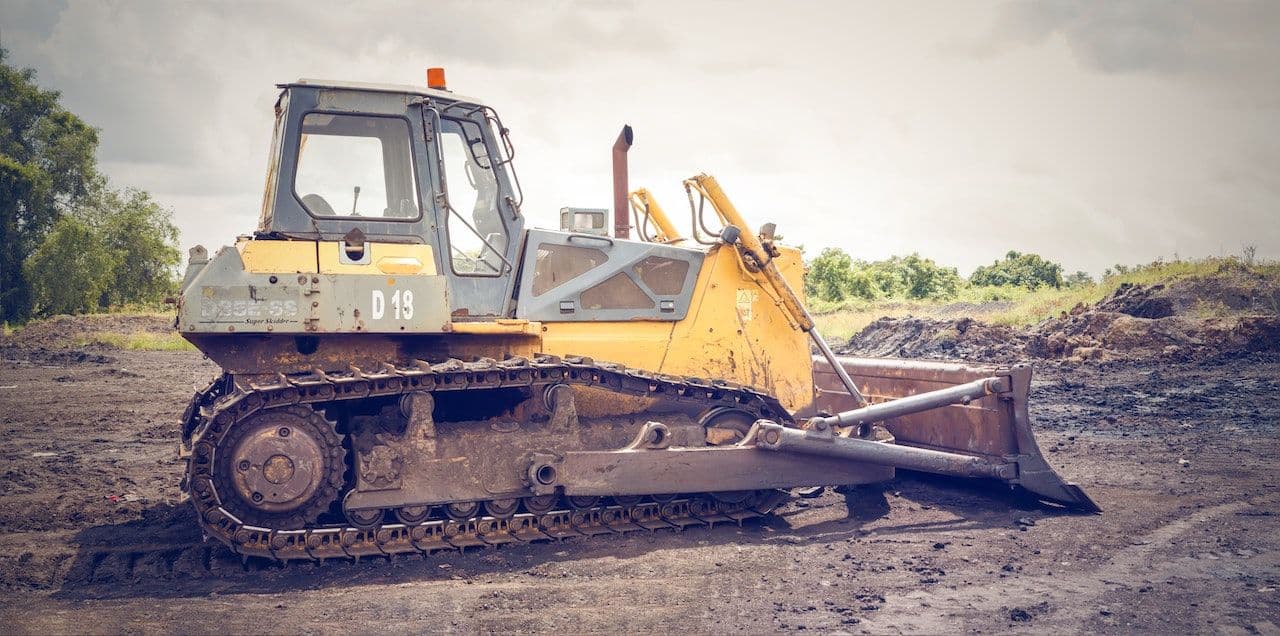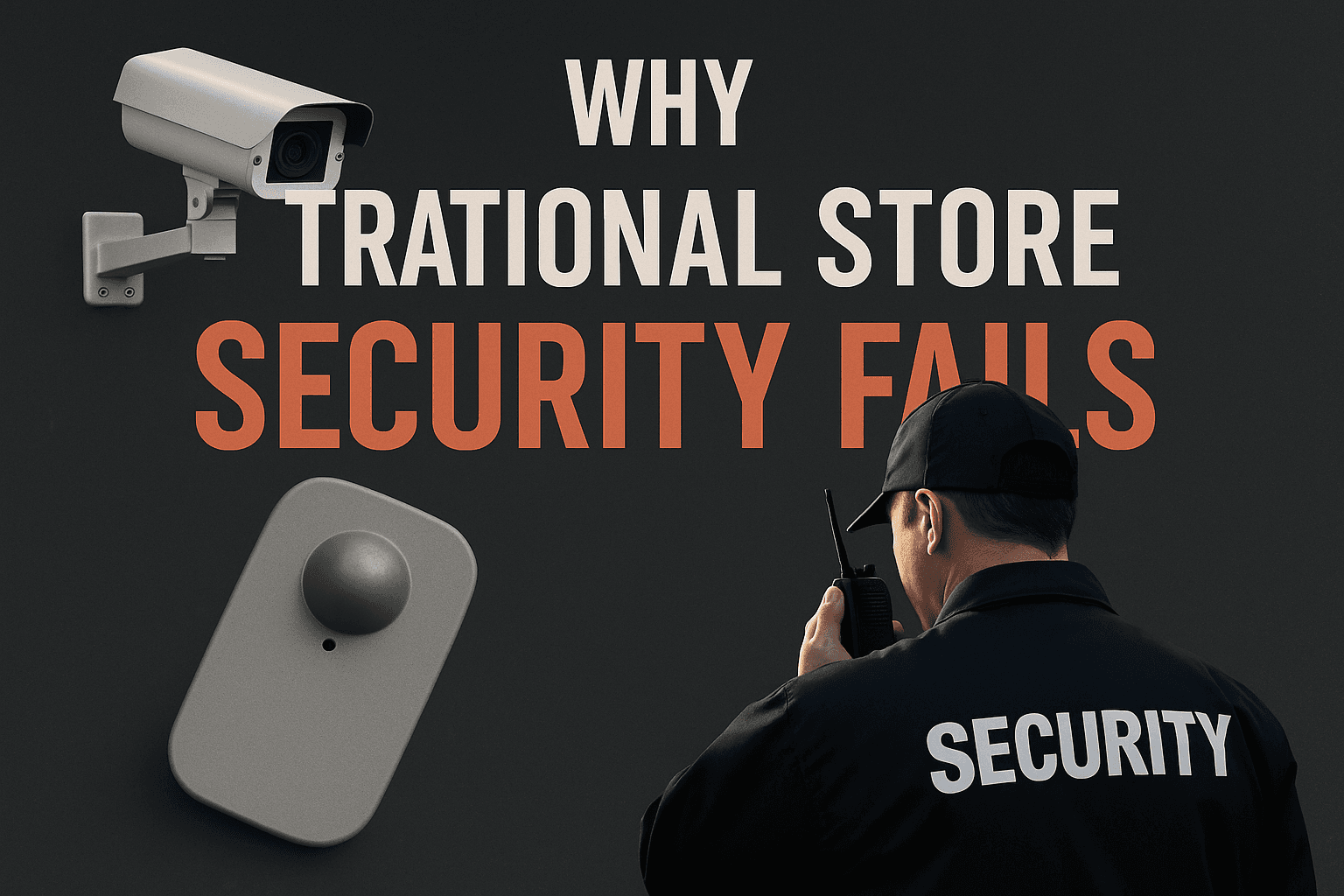A fact of life is that anything of value is vulnerable to theft. This is especially the case with construction equipment because of its mobility. Questionable security at some construction sites doesn’t help, either. Whether you own a construction company, rent or sell this equipment, or otherwise depend on this gear, understanding construction equipment theft protection is essential.
With this in mind, we’ll examine what makes these highly prized targets so tempting for thieves, how you can implement immediate and long-term solutions to better protect your construction equipment, and review the insurance and legal considerations of theft loss.
Construction Equipment Theft: The Basics
The first step in setting up a construction equipment theft protection plan is understanding the problem’s root. To begin with, firms of all sizes are vulnerable to these rip-offs. This is due to construction sites and property yards offering tempting targets. At the same time, the high value and portability of this gear create another catalyst.
The National Equipment Register (NER) estimates that up to $1 billion in construction equipment is stolen yearly in the U.S., with an average loss totaling $30,000. A little bit of math tells us this works out to more than 90 stolen items daily. So, these thefts are not rare occurrences.
The primary incentives for construction equipment theft include:
- Opportunity: While a thief may not have construction equipment in mind when looking for a score, seeing an unguarded loader or excavator can be an unavoidable temptation. Crimes of opportunity are losses waiting to happen.
- Easy Resale: Stolen construction equipment can be quickly sold for good money, especially on platforms like Craigslist. Most states’ lack of a title system (like automobiles) further encourages the practice.
- Personal Use: It’s not uncommon for thieves to steal equipment for personal use on their own projects or property. There are no purchase costs or rental fees, and the item can simply be abandoned elsewhere when the work is completed.
- Exportation: Demand for pricey construction equipment is high throughout the world. Some enterprising thieves exploit this by shipping their ill-gotten gains outside the country.
What Construction Equipment Is Targeted for Theft?
While anything of value is susceptible to plundering, some gear is more prone to theft than others. According to a 2017 report from LoJack, loaders are the most frequent type of stolen heavy construction equipment, followed by towables (including air compressors, chippers, and generators) and excavators.
The manufacturer of stolen construction equipment also comes into play. NER reports that most pilfered brands are from:
- John Deere
- Kubota
- Bobcat
- Cat
- Toro
There’s no word if this frequency is based on the thieves’ brand preferences, the respective companies’ popularity, or another factor.
Common Methods Used by Thieves to Steal and Sell Construction Equipment
The theft of construction equipment usually begins with exploiting vulnerabilities in security measures. Recognizing these weaknesses is a vital starting point in construction equipment theft protection.
- Unauthorized Access: Weak points in fencing and gates are open invitations to theft. What may look secure to you is a welcome mat to a would-be thief. Bolder bandits may even pose as workers or subcontractors to blend in with the legitimate workforce and take inventory of what’s vulnerable.
- Bypassing Ignition Systems: While hotwiring has been effectively thwarted in automobiles, this isn’t always the case with construction equipment. A skilled thief can readily bypass the ignition system of some machines. This is made even easier by master keys that can be purchased online.
- Disguising Stolen Equipment: Once a thief has made off with your equipment, they’re very likely to alter its appearance. This action can involve everything from removing or replacing identifying marks to repainting the exterior.
- Tear-Down for Parts: Locating stolen construction equipment is difficult when the item remains intact, but the effort gets even more challenging when the gear is separated into parts. And thieves know this.
The Impact of Construction Equipment Theft
Construction equipment theft has far-reaching consequences for your business. Beyond the immediate hit, other aspects can hurt the bottom line. Recognizing the total costs of these losses may spur you into trying to prevent these thefts in the first place.
- Project Delays: At best, stolen equipment leads to project delays. However, the resulting contractual penalties and strained relationships with clients and subcontractors can make a theft loss particularly painful.
- Higher Insurance Premiums: In case you haven’t noticed, insurance companies are looking for any excuse to raise premiums. And a theft-related claim is just one of those reasons. Higher premiums are an unpleasant side effect of being a higher risk.
- Extra Out-of-Pocket Expenses: Even if insurance covers the loss, you’ll still get hit with a deductible. And chances are the insurance check won’t fully cover the replacement cost.
- Opportunity Costs: Dealing with stolen equipment is a distraction. The attention placed here means you can’t devote time to profit-generating activities.
Construction Equipment Theft Protection: Steps to Take
With a better understanding of what’s involved with the criminal side of construction equipment theft, now’s the time to look at the steps to take to prevent these losses.
How to Protect Mobile Construction Equipment from Theft
Mobile construction equipment (like towables and smaller excavators and bulldozers) are especially vulnerable to theft due to their portability. A vacant job site or unsecured property yard makes an inviting nighttime target. Steps to deter construction equipment theft include:
Securing the Site
For a construction site, erect sturdy fencing with locked gates. Especially problematic areas may require higher fencing or razor wire on the fence top. Permanent locations, like a property yard or warehouse, require the same approach but can benefit from a more secure installation. Overall, the idea is to create a visual deterrent that encourages thieves to look elsewhere.
Using Immobilization Techniques
Even if thieves gain access to your equipment, immobilization techniques can stop them cold. Wheel locks are an effective, low-cost solution, while ignition intervention systems take the effort to the next level. These additional security measures require keys or codes that should be impossible for the ordinary bandit to access. It also creates a firewall to prevent unauthorized use by employees and subcontractors.
Implementing an Asset Management System
It’s difficult to know what’s been stolen without fully accounting for your construction equipment and other assets. Start simple with a pen-and-paper approach. Or, go all-out with asset tags, barcodes, tracking technology, and other cutting-edge techniques. If you’re unable to know what’s on your equipment roster immediately, don’t delay introducing asset management.
Installing GPS Tracking Devices
Sometimes, theft prevention efforts fail. This is when the value of GPS tracking is evident. “When equipment is stolen, the downtime of searching and figuring out what happened can be devastating. With GPS on your equipment, that downtime is minimized. You can see immediately when a theft incident occurs and react so much faster than if you have no tracking devices,” says TJ Chasteen, product manager for Hapn, a leading GPS service provider.
Heavy Equipment Theft Prevention
Safeguarding heavy equipment, such as full-sized excavators and bulldozers, telehandlers, and compactors, requires equal diligence. Assuming these larger assets are invulnerable to theft because of size is off-base. If there’s a will and a way, a resourceful thief won’t be stopped. Employ the same techniques you’d use to secure smaller equipment: fencing, immobilization devices, asset management, and GPS tracking.
Short-Term Precautions
If you’ve already suffered a loss or are worried about a potential issue, there’s no time to waste protecting your construction equipment. Here are immediate steps to consider:
- Proper Lighting: A well-lit area deters bandits who prefer to work in the shadows. Bright lights installed strategically can eliminate dark spots and make it much harder for thieves to operate undetected.
- Security Cameras: Adding high-tech video monitoring costs a fraction of what it once did, and smaller operations can even take a DIY approach. Like lighting, security cameras (when properly deployed) can deter criminal activity. However, don’t skimp on quality. High-resolution systems can help with the identification of faces and license plates.
- Visible Signage: While hardcore criminals may not be discouraged by prominent signage, warnings about security cameras and GPS technology can fend off more casual opportunists.
- Employee Training: Making your equipment assets more secure starts with explaining the importance of security and loss prevention to your employees. Educate them about making equipment less vulnerable and recognizing suspicious activity. Implementing a “see something, say something” culture helps everyone in the company.
Long-Term Solutions
Besides near-term steps, construction theft prevention requires a big-picture look. Several long-term solutions can mitigate your company’s risk and better prepare your operations for the future.
- Comprehensive Security Plan: Forward-thinking firms have plans for many aspects of their business (operational, marketing, recruitment, etc.). Adding a security plan is another necessity. This strategy should address physical security measures, access procedures, and technology requirements.
- Equipment Inventory: Think of equipment inventory as an element of asset management. It’s a task that requires an up-to-date record of all equipment, including serial numbers, photographs, and other unique identifying information. The inventory should be reviewed and updated regularly. This information can help with equipment recovery or insurance claims in the event of a theft.
- Background Checks: While not a pleasant activity, conducting background checks on employees and subcontractors is smart business. It can weed out undesirable candidates and serve as a first line of defense.
Insurance and Legal Considerations for Construction Equipment Theft
Insurance and legal considerations go hand-in-hand with construction equipment theft protection and prevention. These matters include:
Insurance Coverage
Ensure that your equipment assets are adequately insured against theft. You’ll need to understand coverage limits, determine what’s covered (and what isn’t), and see if policy adjustments are required (like when adding or removing equipment). Extra protection may come from adding specialized coverage. Also, check if you’re eligible for premium discounts in exchange for taking measures like using security cameras and GPS tracking devices.
Registration and Documentation
Comply with all legal requirements for equipment registration; this will vary by state, but anything operating on a public road must be registered with the appropriate agency. Keeping essential documents like purchase contracts, receipts, and operator manuals is also necessary.
What to Do in Case of Equipment Theft
Despite one’s best efforts, construction equipment theft can still happen. If this does occur, swift action can aid in recovery or at least make the thief’s job more difficult.
- Notify Police: Immediately report the theft to local law enforcement. Provide detailed information about the item, including make and model details, serial numbers, and any unique identifying features.
- Activate GPS Tracking: Activate GPS tracking if the stolen equipment has this feature and forward location information to the police.
- Contact the Insurance Company: Reach out to your insurance company to file a theft claim. Provide them with a description of the loss incident and all the necessary documentation, including equipment details, photographs, and a police report.
FAQs
What type of construction equipment is most often targeted for theft?
According to the National Equipment Register, loaders are the most frequently stolen type of heavy construction equipment. This is followed by towables like air compressors and generators, and then excavators.
Why are construction sites vulnerable to equipment theft?
Construction sites often lack proper security, like sturdy fencing and locked gates. They can be in remote areas and operate outside of regular business hours. Valuable construction equipment left on sites overnight or over weekends provides tempting targets for thieves.
What are some ways thieves try to disguise stolen construction equipment?
Thieves may remove or replace identifying marks, decals, and serial numbers on stolen equipment. They may also alter the paint or coloring to change the appearance. This makes it harder to identify and recover stolen items.
How can I secure mobile construction equipment against theft?
Steps like installing strong fencing, using wheel locks or ignition immobilizers, implementing asset tracking systems, and installing GPS devices can help secure mobile equipment. Proper site lighting and security cameras are also deterrents.
What should I do if construction equipment is stolen?
You should immediately contact the police to report the theft and provide detailed equipment information. Activate any GPS tracking devices to assist police in recovery. Also, contact your insurance company promptly to begin the claims process.
How can implementing a security plan help prevent construction equipment theft?
A comprehensive security plan addresses physical barriers, access control, inventory procedures, employee training, and technology like cameras and GPS. This big-picture approach reduces vulnerabilities thieves can exploit.


